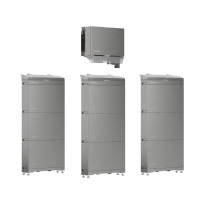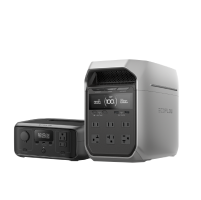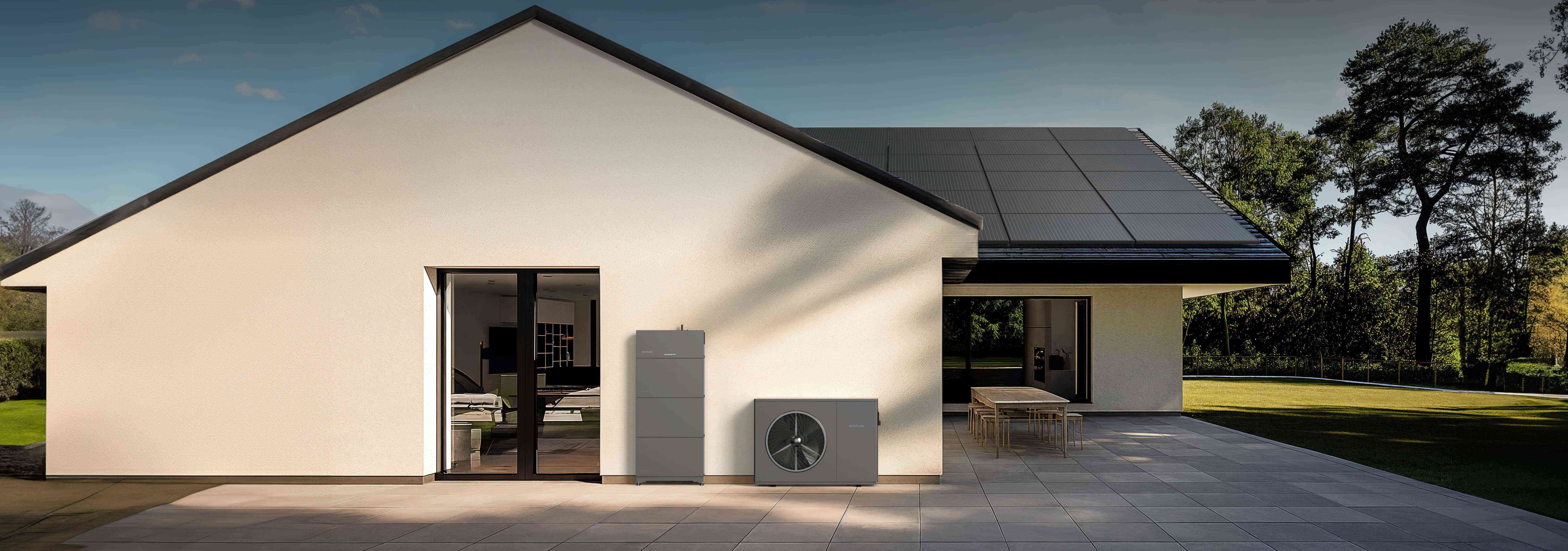What Is the Economy 7 Tariff?
With energy bills rising across the UK, many homeowners are searching for ways to cut their power costs without sacrificing comfort. Fortunately, there’s an alternative: the Economy 7 tariff. This is an energy plan that charges cheaper rates at nighttime, bringing costs down by up to 50%. It sounds appealing, but it’s not necessarily suitable for everyone.
To help decide if it’s the right tariff for you, we will break down how it works and how to compare Economy 7 tariffs in this guide.
Understanding the Economy 7 Tariff
The Economy 7 tariff was first introduced in 1978 to assist electric heating users in cutting costs by taking advantage of the off-peak hours. Historically, nighttime power rates can be 20-33% cheaper than daytime rates, so the tariff actually made sense.
With the Economy 7 tariff, your home uses a dual-rate meter that records energy separately for night and day. During the seven off-peak hours—normally from 00:30-07:30 UTC, you pay around 7-12p per kWh. However, once the day begins, the rates jump to about 25-30p per kWh.
To make the most of this, you’ll need an Economy 7 meter or a smart meter, and use at least 40% of your electricity during nighttime. With this setup, those who use storage heaters, immersion water heaters like EcoFlow PowerGlow, home EV chargers, and even laundry can schedule those tasks during the night for better savings.
How Does the Economy 7 Tariff Work?
It works by using either a two-register meter that tracks day and night usage separately, or by using a smart meter that auto-adjusts for off-peak hours. At night, you get the cheapest energy; in contrast, the days are pricier—so the more energy-intensive tasks you shift into nighttime, the better.
Meter reading can also be simple once you know and you’re used to what to look for. For example, “low” often shows off-peak power readings, while “normal” displays daytime use. Do take note that the British Summer Time clock changes can slightly shift your rate periods.
Also, remember that the Economy 10 option, which offers ten off-peak hours spread across day and night, is available, though it’s a less common tariff than the 7.
Compare Economy 7 Tariffs: Pros and Cons
Pros
Switching to the Economy 7 tariff can entail significant savings. It can save you about £45, though not all who use this system can get that much. This tariff is practical for homes with EVs or storage heaters, which allows you to charge or heat when off-peak hours come (where prices drop to as low as 7p per kWh).
Aside from actual savings, this system encourages a more conscious view of how you use power, leading to smarter and more energy-efficient habits.
Cons
On the other hand, daytime rates can be nearly double in standard plans. This translates to paying more in your energy bills if your home uses less than 40% of electricity during nighttime.
The fixed off-peak hours can also feel restrictive, especially for families who use power throughout the day, like work-from-home individuals in hybrid working setups, and those who use high-powered gadgets and appliances during the day.

What Is the Best Economy 7 tariff?
Finding the best Economy 7 tariff typically depends on various factors, like your energy consumption habits, region, and electricity provider:
| Provider | Off-Peak Rate (night) | Day Rate (peak) | Off-Peak Hours | Est. Annual Cost* | Eligibility/Requirements |
|---|---|---|---|---|---|
| Octopus Energy | ~8p/kWh | ~28p/kWh | 00:30–07:30 UTC | £880–£950 | Smart meter required |
| E.ON Next | ~9p/kWh | ~27p/kWh | 00:00–07:00 | £900-£970 | Economy 7 or smart meter |
| EDF Energy | 14-16p/kWh | 28-35/kWh | 00:30–07:30 | £1,1100–1,300 | Dual-rate or smart meter |
*Based on a medium home using 3,900 kWh/year
Keep in mind that these rates change with region and supplier updates, so at best, these are ballpark figures. It’s best to compare Economy 7 tariffs first before switching.
What Is the Cheapest Economy 7 Tariff?
Octopus Energy frequently tops the list for the cheapest Economy 7, offering night rates of around 8p/kWh through its Snug variant—which is excellent for homes using storage heaters.
For a medium home using around 3,900 kWh a year, this could translate to saving up to £50–£100 yearly compared to standard single-rate plans. But keep in mind that these savings depend primarily on how much power you use at night.
So if your daytime use is significantly higher than your nighttime use, you might not get the full benefits, even from the lowest-rate providers.
What kind of product or solution are you interested in?


Closer Look at Octopus Economy 7 Tariff
The Octopus Economy 7 tariff stands out because of its flexibility and tech-friendly traits. This is a variable-rate plan that offers fixed off-peak hours from 00:30 to 07:30 UTC, which is an ideal time to run dishwashers, heat water, or even charge an EV at home.
Night rates average around 8p/kWh and day rates around 28p/kWh, so it’s cheaper than the UK average. One major advantage is its compatibility with smart meters, helping you automatically track off-peak hours. There are also no exit fees, and you can manage everything online to make the switch quick, paperless, and hassle-free.
However, since this plan is variable, prices can shift with wholesale power costs, so we recommend comparing Octopus’s standard plans before you make the switch. But for those with EVs, solar panels, solar batteries, or nighttime power-hungry tasks, this plan is indeed the most practical of the available choices.
Is Economy 7 Still Worth It in 2025? When To Switch
In 2025, the Economy 7 tariff remains practical. If your household is a consistent night user, Economy 7 is still a great deal to cut your power bills significantly.
On the other hand, with smart tariffs and time-of-use plans becoming more common, homes that can’t switch at least 30-40% of their energy use to off-peak hours may be better off with standard tariffs like Octopus Flexible.
Those who want more control and flexibility can explore other plans like Agile Octopus, which tracks hourly prices, or even EV-focused smart tariffs that reward you for overnight charging. The EcoFlow PowerOcean series, a modern home battery solution, is integrated with Octopus Flux and Octopus Agile so homeowners can benefit from lower rates.
To know more about dynamic tariffs, you can schedule a consultation and find out how they can help with your energy bills and what specific tariffs can integrate with your home sysyem.
FAQs
What is an Economy 7 meter?
An Economy 7 meter automatically records electricity use separately for day and night, applying cheaper off-peak rates during a fixed seven-hour overnight period, typically between midnight and 7 a.m., depending on your supplier.
Can I get an Economy 7 Tariff with a smart meter?
Yes. Most smart meters support Economy 7 and automatically switch between day and night rates, removing the need for manual readings while ensuring accurate tracking of off-peak consumption. If in doubt, contact your smart meter provider.
Is the Economy 7 tariff cheaper for everyone?
Not necessarily. You’ll only save if at least 40% of your energy use happens during off-peak hours; otherwise, higher daytime prices can cancel out the benefits of cheaper nighttime rates, since day rates can rise as much as double the night rates.



